
The Louisiana Purchase Exposition, informally known as the St. Louis World's Fair, was an international exposition held in St. Louis, Missouri, United States, from April 30 to December 1, 1904. Local, state, and federal funds totaling $15 million were used to finance the event. More than 60 countries and 43 of the then-45 American states maintained exhibition spaces at the fair, which was attended by nearly 19.7 million people.

The Centennial International Exhibition, officially the International Exhibition of Arts, Manufactures, and Products of the Soil and Mine, was held in Philadelphia, Pennsylvania, from May 10 to November 10, 1876. It was the first official world's fair to be held in the United States and coincided with the centennial anniversary of the Declaration of Independence's adoption in Philadelphia on July 4, 1776.

West Springfield is a city in Hampden County, Massachusetts, United States. It is part of the Springfield, Massachusetts Metropolitan Statistical Area. The population was 28,835 at the 2020 United States Census. The city is also known as "West Side", in reference to the fact that it is on the western side of the Connecticut River from Springfield, a fact which played a major part in the town's early history.

The Big E, formally known as The Eastern States Exposition, is an annual fair in West Springfield, Massachusetts, which opens on the second Friday after Labor Day and runs for seventeen days.

A miniature park is a display of miniature buildings and models, usually as a recreational and tourist attraction open to the public. A miniature park may contain a model of a single city or town, often called a miniature city or model village, or it can contain a number of different sets of models.
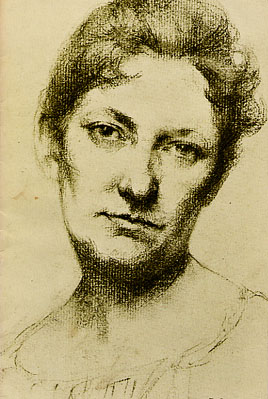
Minerva Josephine Chapman (1858–1947) was an American painter. She was known for her work in miniature portraiture, landscape, and still life.

Roscoe Conkling Patterson was an American lawyer from Missouri. He was most notable for his service as a United States representative (1921–1923) and a U.S. Senator (1929–1935).
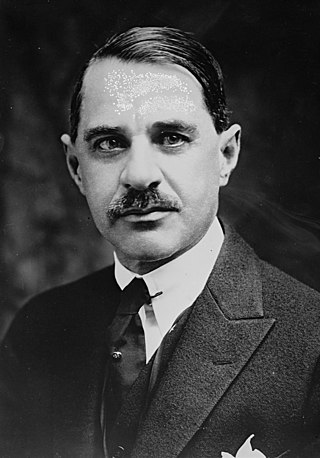
Frederick Gleed Fleetwood was an American lawyer and politician from Vermont. He was most notable for his service as Secretary of State of Vermont and a U.S. Representative (1923–1925).
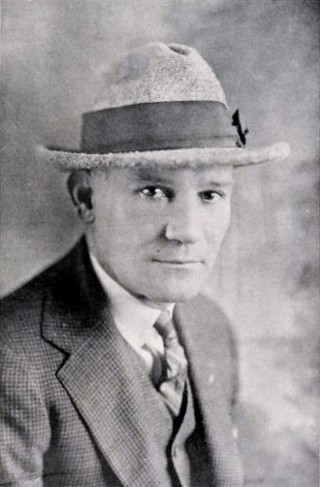
William Howard "Bud" Saunders was an American football player, coach of football and basketball, and college athletics administrator. He served as the head football coach at William Jewell College in 1911, at Haskell Institute—now Haskell Indian Nations University—from 1918 to 1919, at Grinnell College from 1920 to 1921, and at Clemson University from 1923 to 1926. Saunders was the head basketball coach at Knox College in Galesburg, Illinois during the 1922–23 season and at Clemson from 1923 to 1925, compiling a career college basketball coaching record of 20–40. He also served as the athletic director at Clemson from 1923 to 1926.

White City was a recreational area located in the Greater Grand Crossing and Woodlawn community areas on the south side of Chicago from 1905 until the 1950s. At the time of its opening, on May 26, 1905, it was claimed to be the largest park of its type in the United States. It contributed to Chicago's status as the city with the most amusement parks in the United States until 1908. It eventually introduced the world to the Goodyear Blimp, which was first assembled at the park.

Central Female College was a women's college located in Lexington, Missouri. The institution was associated with the Methodist Episcopal Church, South. It operated from 1869 to 1924.
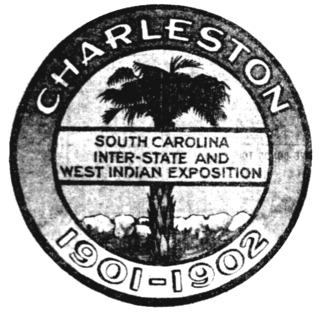
The South Carolina Inter-State and West Indian Exposition, commonly called the Charleston Exposition or the West Indian Exposition, was a multi-county fair and regional trade exposition held in Charleston, South Carolina from December 1, 1901 to June 20, 1902.
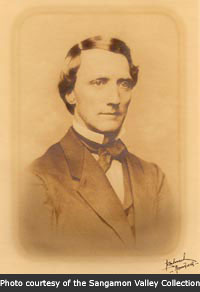
John Whitfield Bunn was an American corporate leader, financier, industrialist, and personal friend of Abraham Lincoln, whose work and leadership involved a broad range of institutions ranging from Midwestern railroads, international finance, and Republican Party politics, to corporate consultation, globally significant manufacturing, and the various American stock exchanges. He was of great historical importance in the commercial, civic, political, and industrial development and growth of the state of Illinois and the American Midwest, during both the nineteenth century and the twentieth century. John Whitfield Bunn was born June 21, 1831, in Hunterdon County, New Jersey. Although every one of the business institutions co-founded or built by the Bunn Brothers has ceased to exist, and fallen purely into the realm of history, each of these businesses left an important legacy of honorable industrial, commercial, and civic vision for Illinois, the Midwest, and the United States.

Thomas P. Barnett, also known professionally as Tom Barnett and Tom P. Barnett, was an American architect and painter from St. Louis, Missouri. Barnett was nationally recognized for both his work in architecture and in painting.

Horace Augustus Moses (1863-1947) was a prominent industrialist and profound social engineer who founded Mittineague Paper Company in West Springfield, Massachusetts, which later became Strathmore Paper Company. He is also noted for his involvement in forming Junior Achievement and for property transactions with the Boy Scouts of America. Moses was also an active member of the board at Green Mountain Junior College. Moses Hall, on the campus of Green Mountain College is named for Mr. Moses, whose donations helped build the hall in 1912, and keep it up for many years after his death.

William H. Boner was a Washington State politician and lumber businessman. He served as a South Bend councilman for six years and was elected mayor several times.
The 1925 Missouri Tigers football team was an American football team that represented the University of Missouri in the Missouri Valley Conference (MVC) during the 1925 college football season. The team compiled a 6–1–1 record, won the Missouri Valley championship, and outscored all opponents by a combined total of 110 to 44. The team was ranked No. 5 in the nation in the Dickinson System ratings released in January 1926. Gwinn Henry was the head coach for the third of nine seasons.

Priscilla Baird (1828–1904) was a pioneering teacher in Missouri and Illinois and an advocate for girls' education. She began her career in Shelbyville, Missouri in 1851. She then taught at Liberty Female College and Lancaster schools before relocating to Illinois during the civil war and teaching at the Springfield High School. Returning to Missouri, she taught at Ingleside College in Palmyra, Missouri and at Hardin College in Mexico, Missouri. After completing nearly thirty years of teaching, she founded the Baird College in 1885, where she remained until her retirement in 1897.
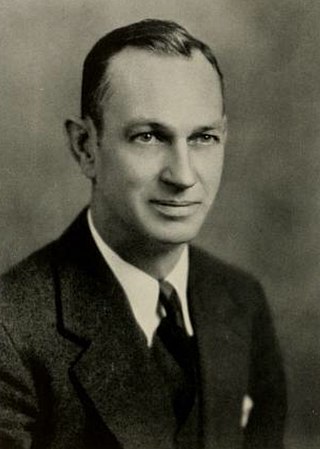
Raymond Rollins Sermon was an American college football, college basketball, college baseball, and track coach and college athletics administrator. He served as the head football coach at Central College—now known as Central Methodist University—in Fayette, Missouri in 1917 and Missouri School of Mines and Metallurgy—now known as Missouri University of Science and Technology—in Rolla, Missouri from 1918 to 1919, and Kirksville Osteopathy College—renamed from A.T. Still College of Osteopathy and Surgery in 1924 and now known as A.T. Still University—in Kirksville, Missouri from 1921 to 1924.
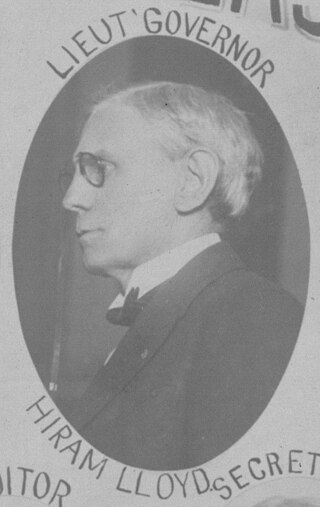
Hiram Lloyd was an American builder and politician. He served as lieutenant governor of Missouri from 1921 to 1925.


























